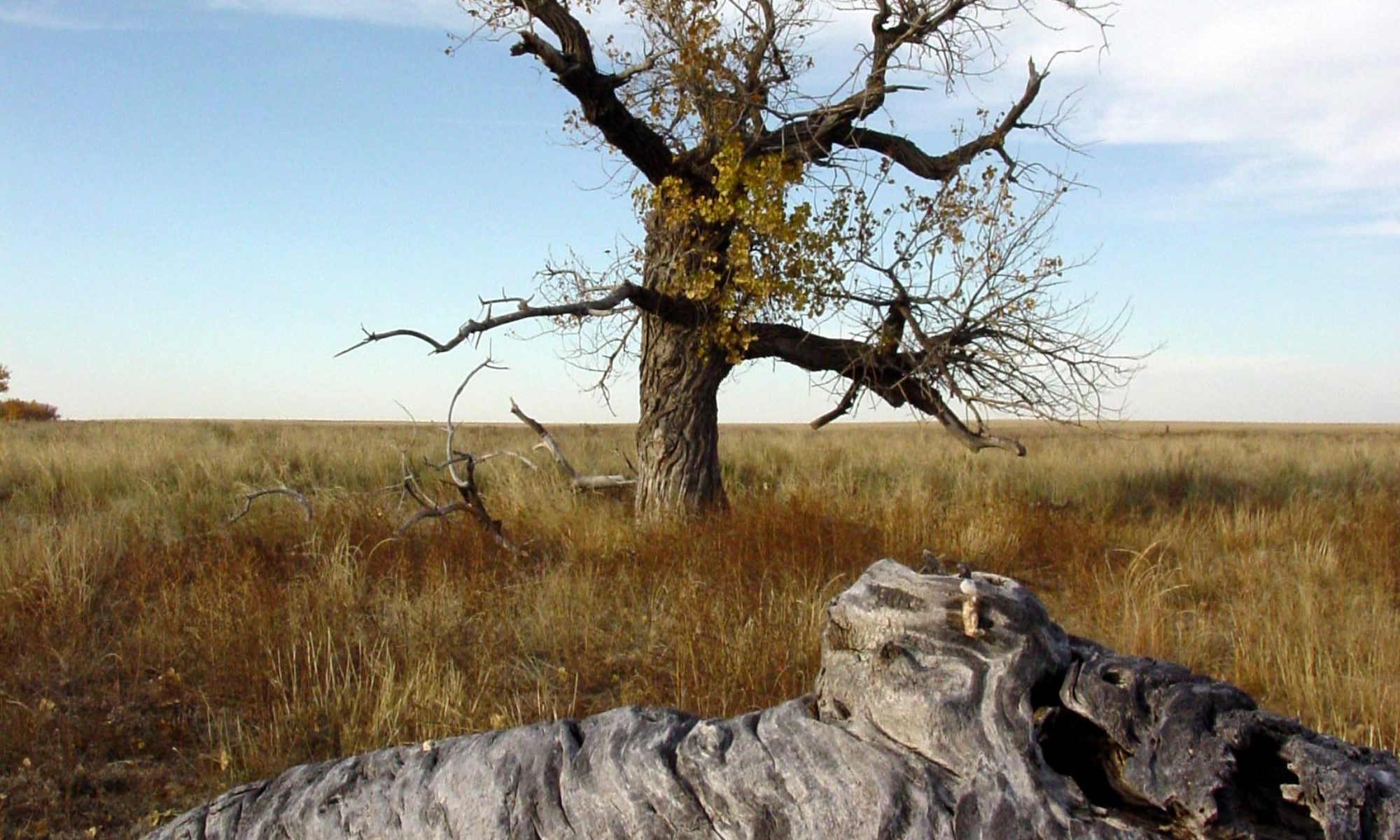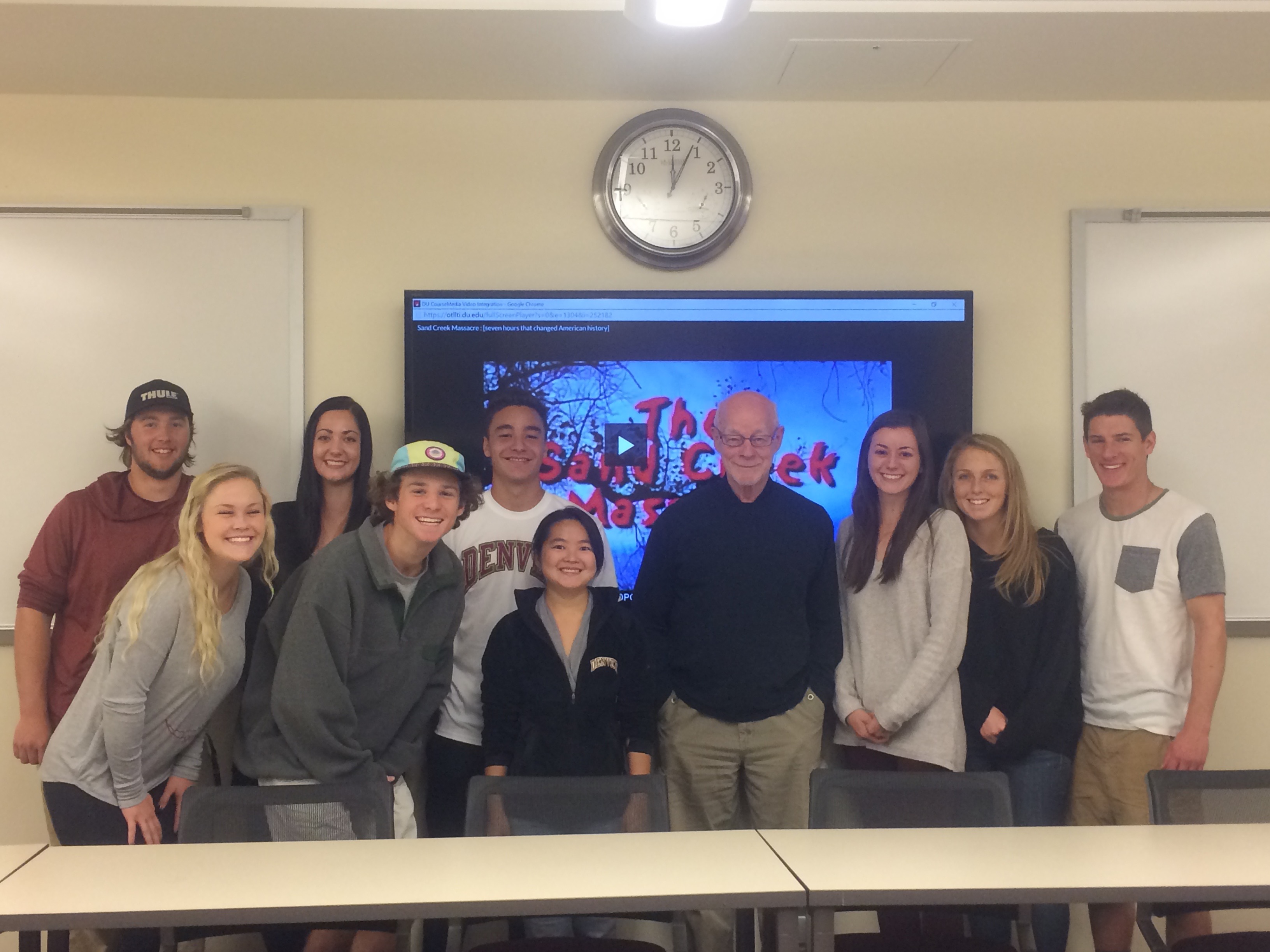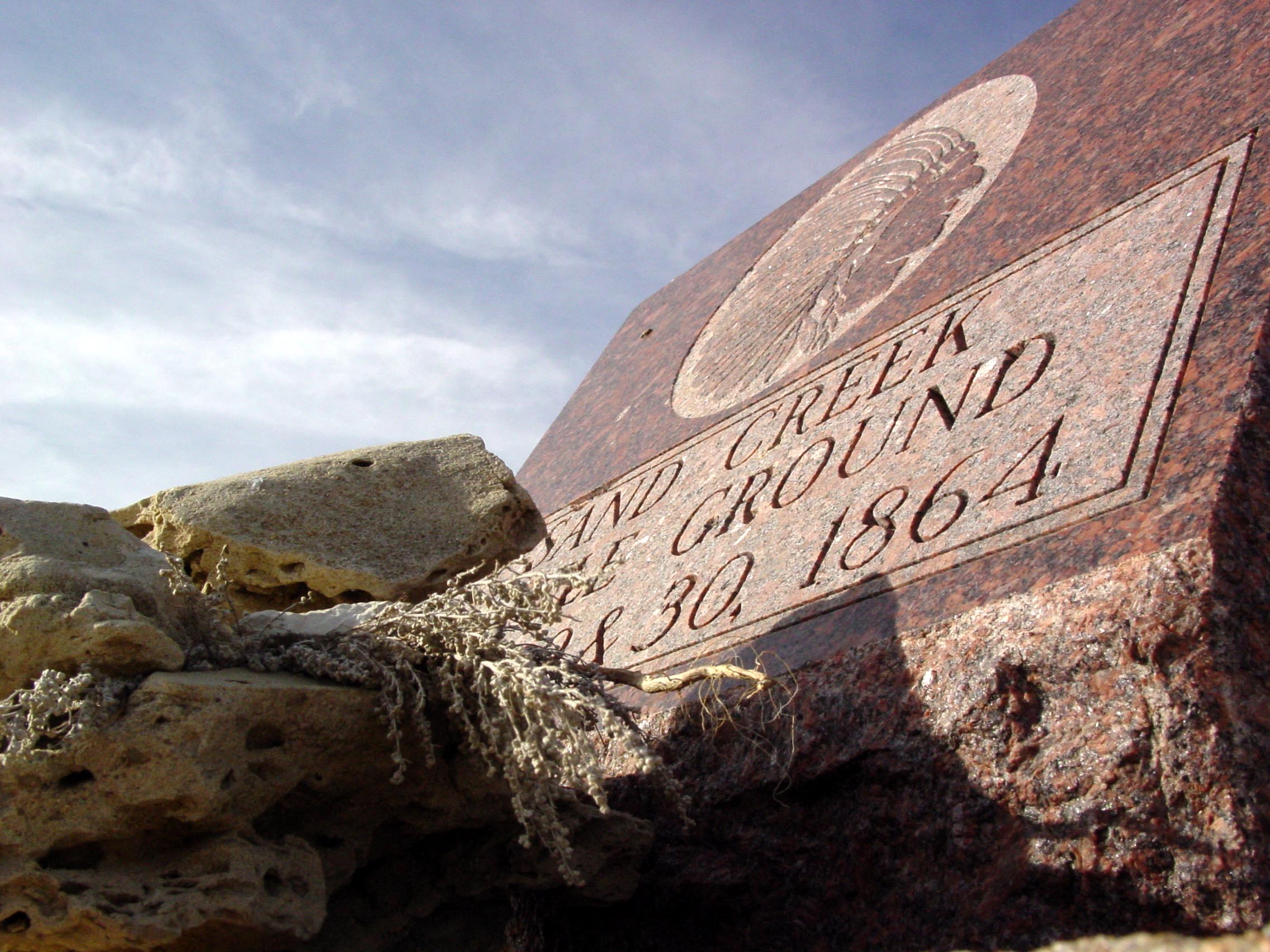“Captain Silas S. Soule/Lt. Joseph Cramer Letters”
By Donald L. Vasicek
On November 29, 1864, about 700 Colorado 1st & 3rd Regiment troops and troops from New Mexico, slaughtered over 400 (Sand Creek Massacre Descendant and Southern Cheynne Chief Laird (Whistling Eagle) Cometsevah gave filmmaker, Donald L. Vasicek this figure, basing it on what has been passed through Chief Cometsevah’s family from his great-great grandfather who survived the Sand Creek Massacre)men, women, and children in the southeastern Colorado Territory. This act became known as the Sand Creek Massacre.
Lt,. Captain Silas S. Soule wrote a letter dated December 19, 1864 from Ft. Lyon, C. T., to Major Ed Wynkoop, his commanding officer. It reads in part what he witnessed at Sand Creek, “…hundreds of women and children were coming towards us and getting on their knees for mercy. Anthony shouted, ‘Kill the sons of bitches’ ”
The letter goes on to say in part, “…the massacre lasted six to eight hours…I tell you Ned it was hard to see little children on their knees have their brains beat out by men professing to be civilized. Some tried to escape on the Prairie, but most of them were run down by horsemen …They were all horribly mutilated. One women was cut open and child taken out of her, and scalped…”
In a letter dated, December 19, 1863, Fort Lyon, C.T.,Lt. Joseph Cramer wrote to Major Ed Wynkoop, his commanding officer a letter about what he witnessed at Sand Creek. It reads, in part, “…“Dear Major, This is the
first opportunity I have had of writing you since the great Indian Massacre, and for a start, I will acknowledge I am ashamed to own I was in it with my Co. Col. Chivington came here with the gallant third, known as Chivington Brigade, like a thief in the dark…marched all night up Sand, to the big bend in Sandy…and came to Black Kettle’s village of 103 lodges, containing not over 500 all told, 350 of which were women and children…We lost 40 men wounded, and 10 killed. Not over 250 Indians mostly women and children, and I think not over 200 killed, and not over 75 bucks. With proper management they could all have been killed and not lost over 10 men. After the fight there was a sight I hope I may never see again…Bucks, women and children, were scalped, fingers cut off to get the rings…a squaw ripped open and a child taken from her, little children shot, while begging for their lives (and
all the indignities shown their bodies that ever was heard of)(women shot while on their knees, with their arms around soldiers a begging for their lives)…Most of the Indians yielded 4 or 5 scalps…”
The letter continues in part, “…Black Kettle said when he saw us coming, that he was glad, for it was Major Wynkoop coming to make peace. Left Hand stood with his hands folded across his breast, until he was shot saying, ‘Soldiers no hurt me – soldiers my friends.’
About 130 years after the Sand Creek Massacre, the 1990’s, Florence Blunt (1894-1969)was going through two stored trunks of a family member who was a rancher who was in the habit of taking supplies to Fort Lyon before and after the Sand Creek Massacre. She found Captain Silas S. Soule and Lt. Joseph Cramer’s letters. The lady’s daughter, Linda Rebek of Evergreen, Colorado, retains possession of the letters. She is seeking someone to appraise the letters to see what they are worth. The American Indian Genocide Museum needs help in locating an appraiser and funding to pay for the appraiser and acquisition of the letters to place in the museum.“


